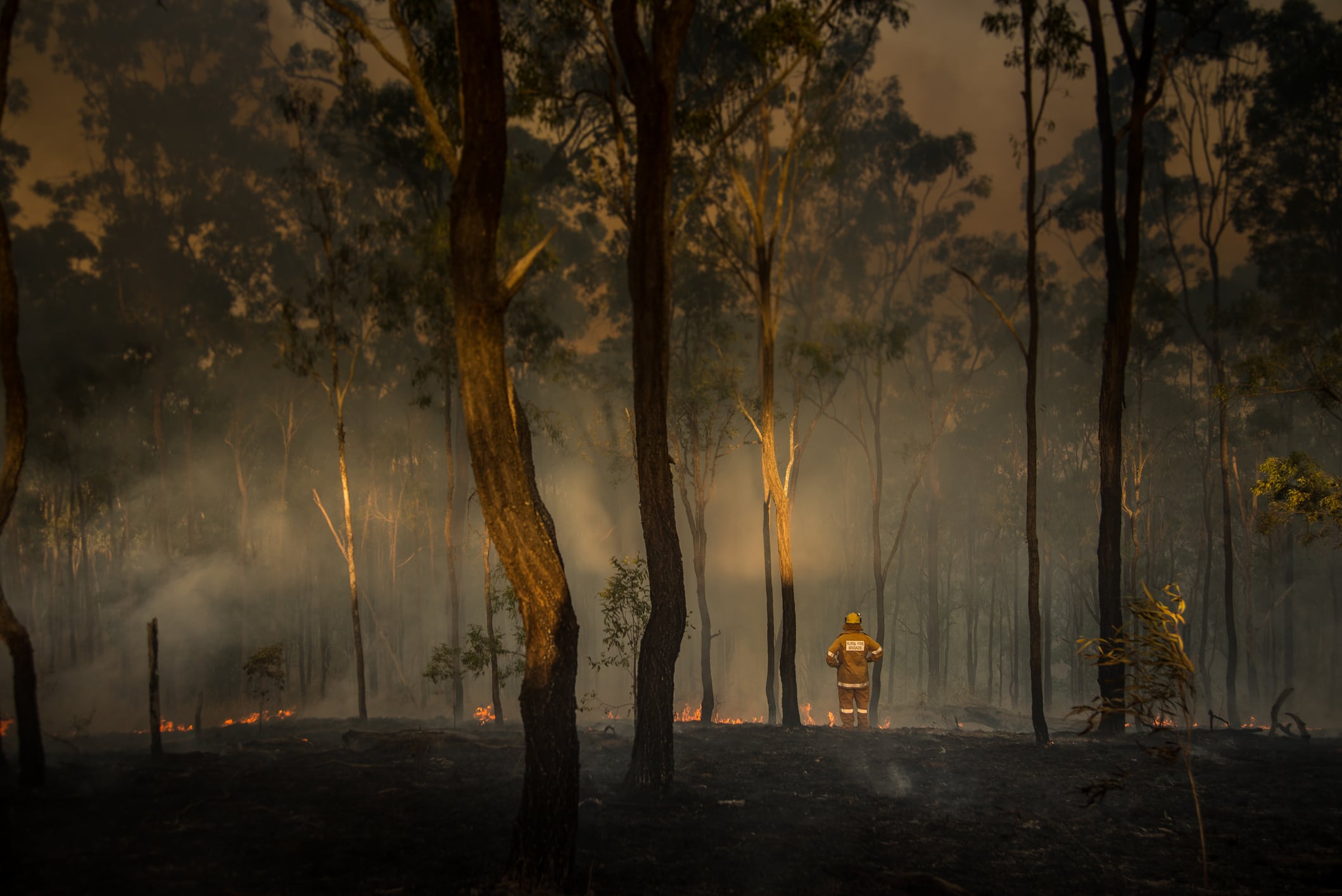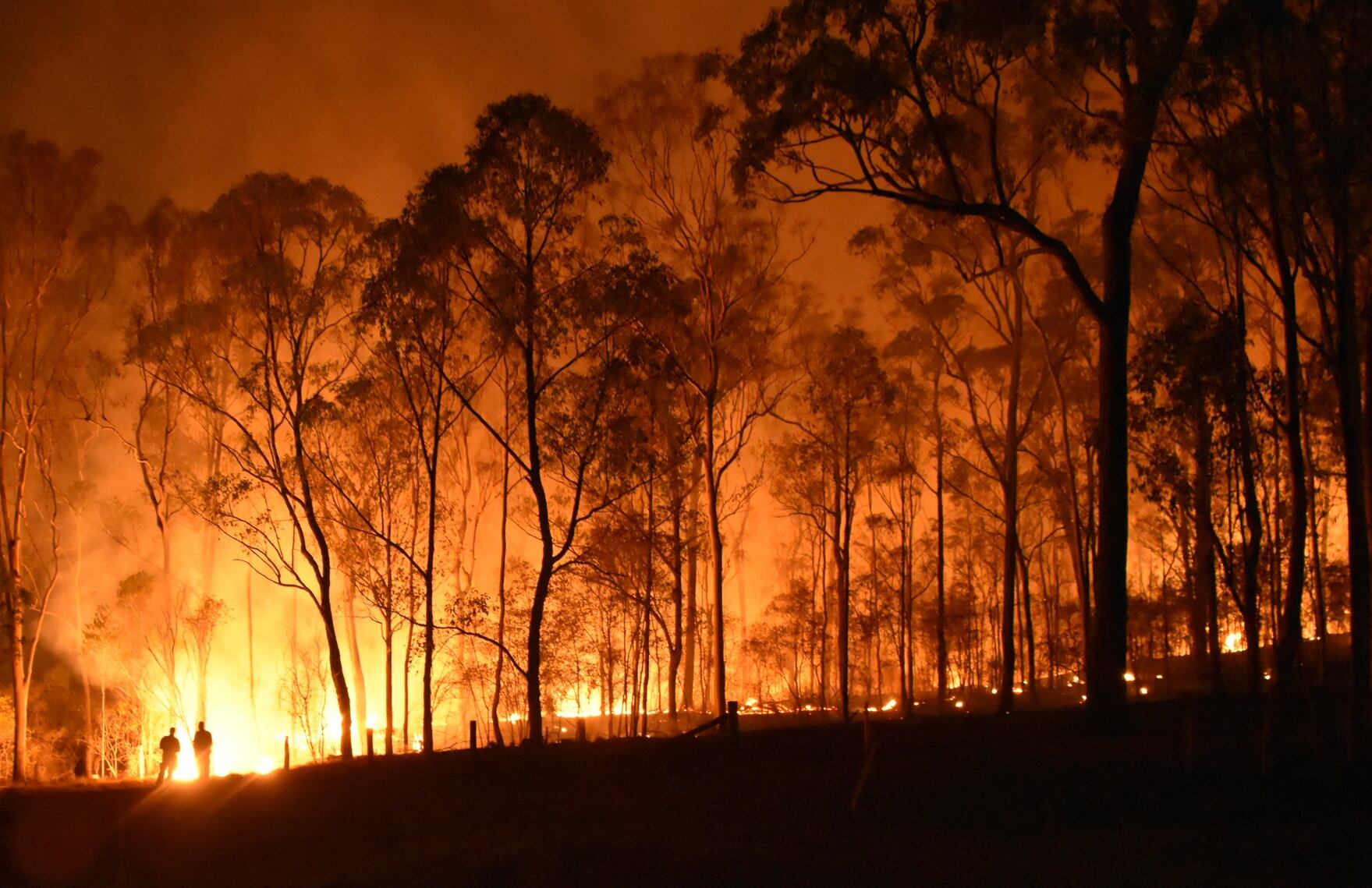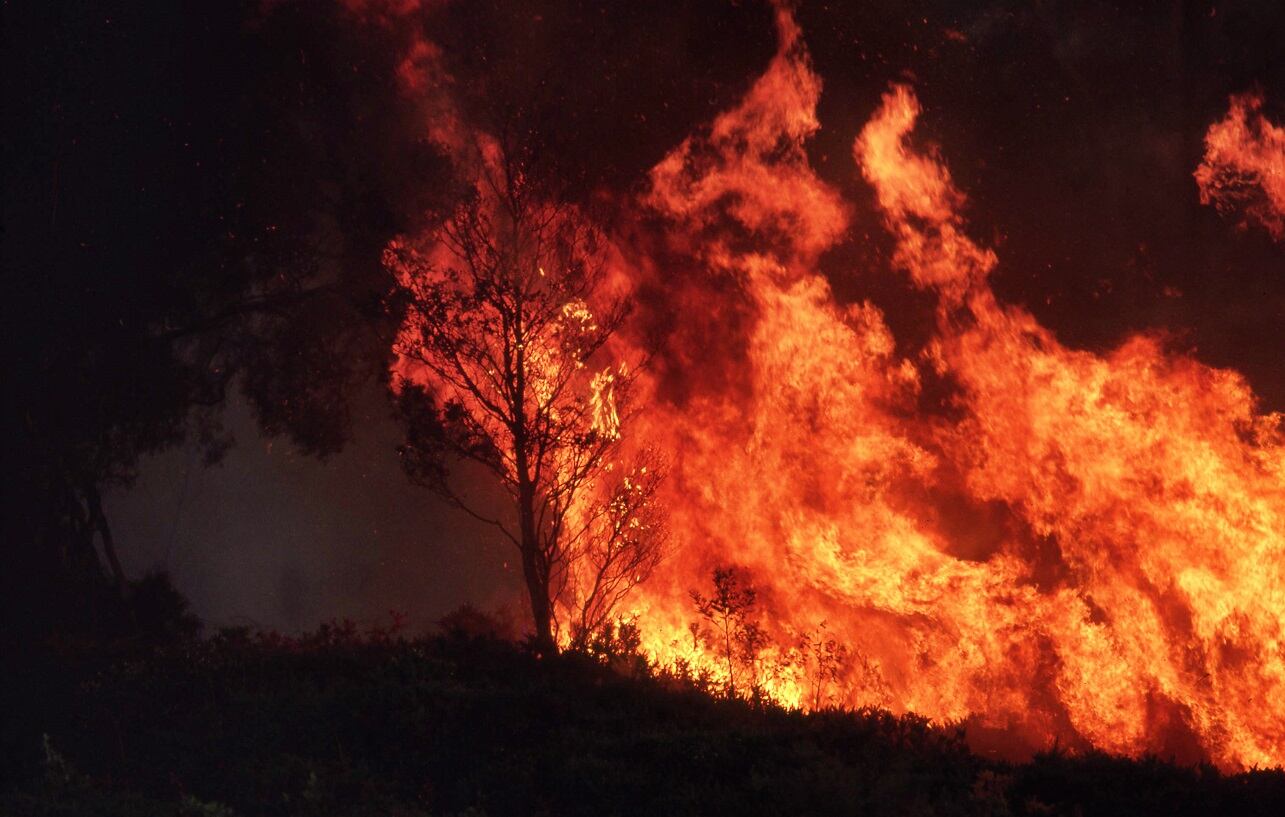Australia's bushfire crisis has cost lives, homes and livelihoods. Now it's time for the clean-up and to assess the damage the environment has meted out on the people who farm the land.
Since before Christmas, Australia has seen tens of millions of acres of bushland and forest drown under a sea of flames, releasing gales of smoke into the atmosphere.
Fires in the country’s south and south east have shown no concern whether they blaze through forests, raze towns to the earth or engulf farm properties.
While fires have been downgraded after rain, there is still a high risk of more flames. But while things are calm, the wine industry is assessing the damage and looking at ways to reduce the impact of smoke from the fires on grapes it engulfed.
Smoke taint
While most vineyards escaped direct fire damage, some growers are anxious about their grapes’ exposure to the choking smoke which has blanketed many growing areas.
The fires destroyed swathes of vines in the Adelaide Hills in South Australia and pockets of production in New South Wales and Victoria, though the affected areas represent a fraction of Australian vineyards.
So-called smoke taint, whereby grapes develop unpleasant flavours or aromas like ash or wet cigar, is hard to measure. Moreover, grapes cannot be checked until they begin ripening, which will take place over the coming weeks.
“It’s early days. We’ve certainly had a lot of really severe bushfires and the smoke is still around. In terms of the impact of that, we are still working our way through it,” said Mark Krstic, the incoming managing director of the Australian Wine Research Institute, known as AWRI.
“We’re in the early stages; in many parts of Australia, work has yet to start, but there has been a lot of effort behind the scenes already to try to really understand what those impacts may be.”
A year ago, Dr Krstic and the AWRI were already looking into the effects of smoke taint. The work had been intended to be for the benefit of wine growers that have crop stubble-burning grain farms as neighbours. Now it has become even more prescient.
Over the month, the institute has been looking at the influence of different levels of smoke exposure on grapes and how to claw back some of the massive damages smoke taint can cause.
“We have been doing a lot of work looking at how we may be able to remediate some of the smoke problems,” said Dr Krstic.
“The reality is that once you’re dealing with smoke-tainted grapes it is hard to remove all those taint compounds so you are left with wine like it was prior to the smoke tainting process. You’re always going to be trying to make the best out of a bad situation.”
Carbon fining
The institute is quite unusual within Australian academia, operating not as part of a university or as a government department. The wine industry nominates its board and controls the culture and research agenda. Effectively, its success or failure is measured by the state of the Australian wine industry as a whole. And the pressure is on it to succeed, given the recent fire crisis.
Through its research, it has made some significant inroads into carbon fining, whereby active carbon is used to remove the glycoside fraction of the smoke taint compounds.
From this work, AWRI researchers have realised that all carbons are not made the same, and different ones work better in a range of circumstances, such as treating juice and removing glycoside.
“That’s been a pretty big insight. You have to be very careful when you’re producing the carbon. It’s all about refining and optimising it for the different wines you’re looking at, so you can understand the impact compounds have on the overall sensory characteristics of the wine,” said Dr Krstic.
Assessing risk
There is no real difference between local stubble fires and wild bushfires in what happens to the contaminating compounds. What is know is that the burning of wood and bush releases volatile phenols through smoke particulate matter into the atmosphere. When the grapes passively absorb these from the smoke, most of the phenols and glycosides become concentrated just inside the skin tissue.
“Most of these sit there, so when we talk about processing grapes into wine, we need to know how to minimise that extraction process,” said Dr Krstic.
'We've been working in this field for 17 years. But if knowledge was a book, we'd still be on the first chapter'
“Around whites, there is an opportunity to remove it from skins and press the grapes a little more gently. But for reds, when we’re looking to ferment the skins, it become more of a problem.”
The institute has evaluated a range of common agricultural products that are sprayed on the skin of grapes, to see if they could limit the uptake of these compounds, but none have shown any real promise.
This makes risk assessment even more important, to know if a vineyard full of grapes will be tainted by the smoke once they mature.
By measuring the levels of marker compounds in a lab and comparing them to levels in years without smoke, it is possible to work out what the level of exposure might be in relation to the risk.
Part of the institute’s mission is to tour industry associations and wine company to explain how to go about the sampling and testing process, and how to interpret the data to formulate a risk assessment.
“We’ve been working in this field for 17 years. Every time locally or internationally one of these events happens, we find ourselves talking to local or international industry people about what’s happening, and we are learning all the time. But if our knowledge were a book, we still be on the first chapter,” said Dr Krstic.
Though it hasn’t been long since the latest big blaze died down, AWRI researchers are already playing a supporting role in the aftermath by supporting growers and providing technical advice on how they get their vineyards up to a productive state.
Faced with the scale of the fires and the potential damage they have caused, Dr Krstic says he has been inspired by the spirit found in regional communities and the optimism even hard-hit farmers have for the future.
“Just seeing how the community, the supply part of the industry and the regional services all pull together in the midst of the devastation, that they see a bright future, it’s truly inspiring. Not one person is talking about giving up and walking away,” Dr Krstic said.



